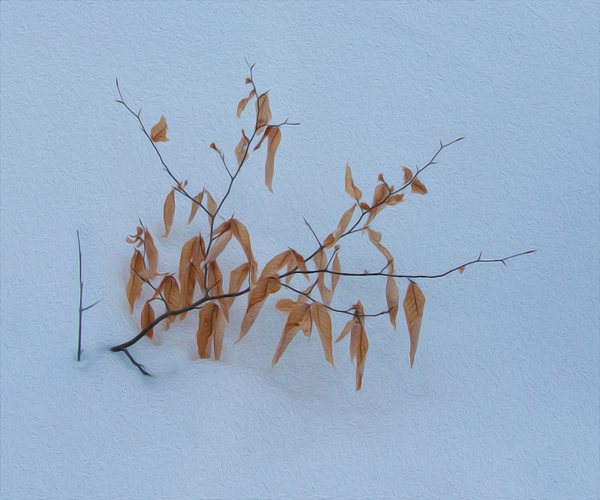
| Entry Page | About this Website | Ray Rasmussen's Homepage | Next Page -> |
Wabi-Sabi : A Photographer's Understanding & Practice The origin of the term "Wabi-Sabi" is anchored in the spiritual practices of Buddhism and Taoism and ancient Chinese and Japanese poetry. It represents a world view centered on the acceptance of transience and imperfection. While I don't practice or pretend to understand these spiritual practices, the term seems apt for describing some approaches to photography and writing, particularly haiku and haibun poetry. Currently, some artistic communities have adopted the term to connote art representing a natural aging progression. In some art books, it has been defined as "flawed beauty." I, and many photographers I know, focus some of our image making on subjects, both natural and human-made, that have the mark of age and/or simplicity. This website displays images and writing that has what I think of as a wabi-sabi aesthetic.
Credits: information on this page was taken from a variety of websites. You'll find them by coupling the term "wabi-sabi" with terms like "art", "photography", "poetry," "haiku". |
